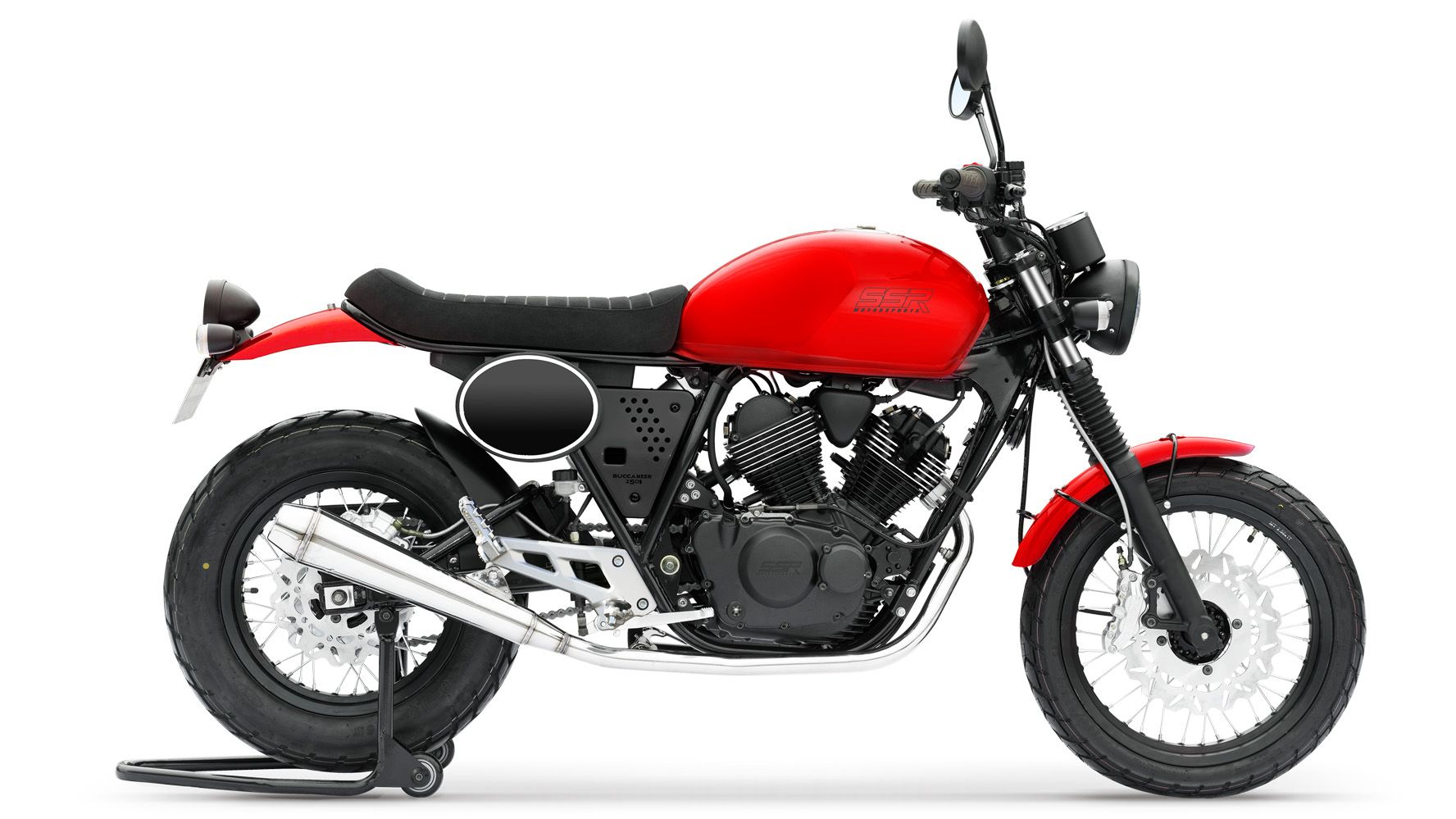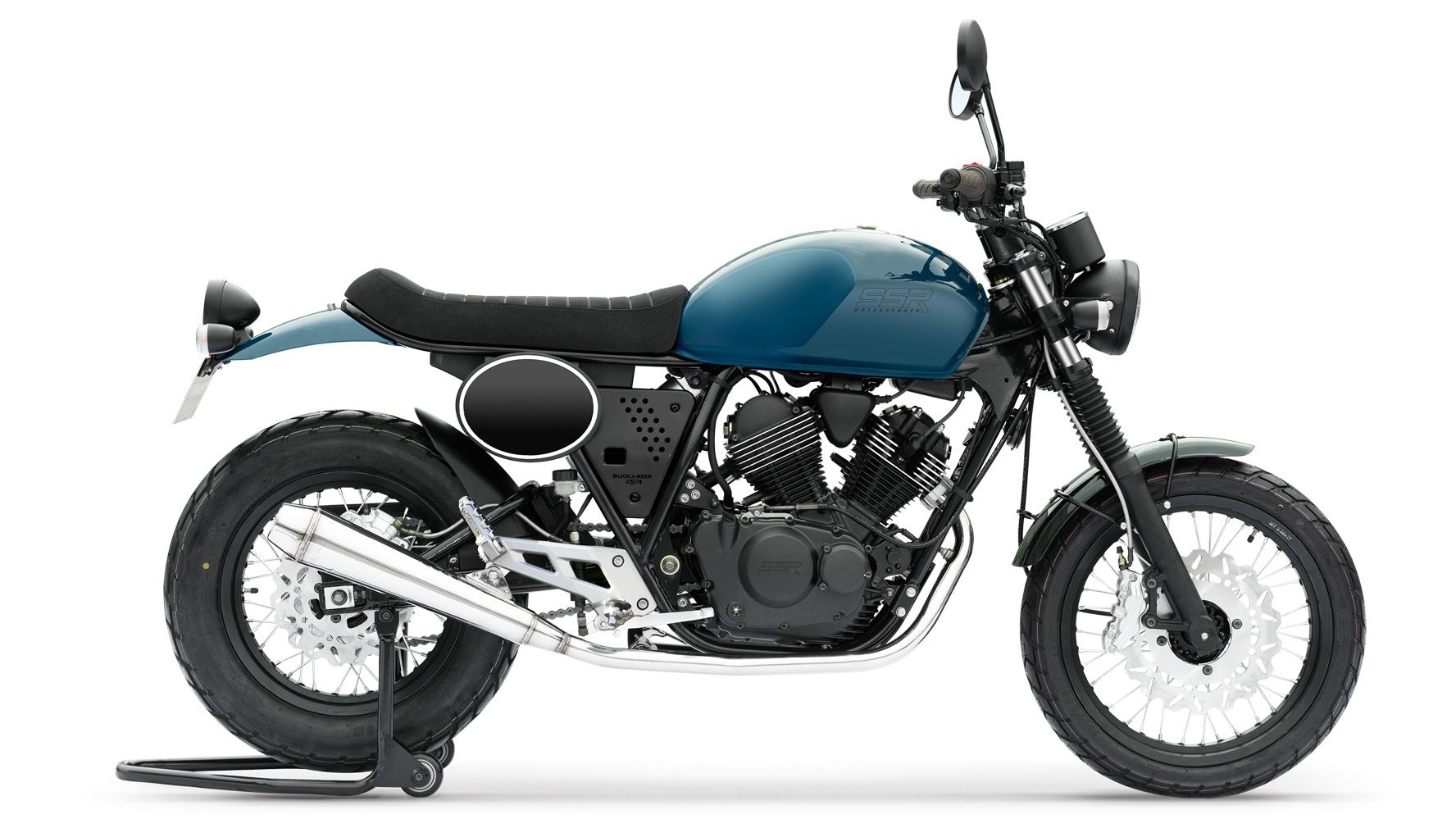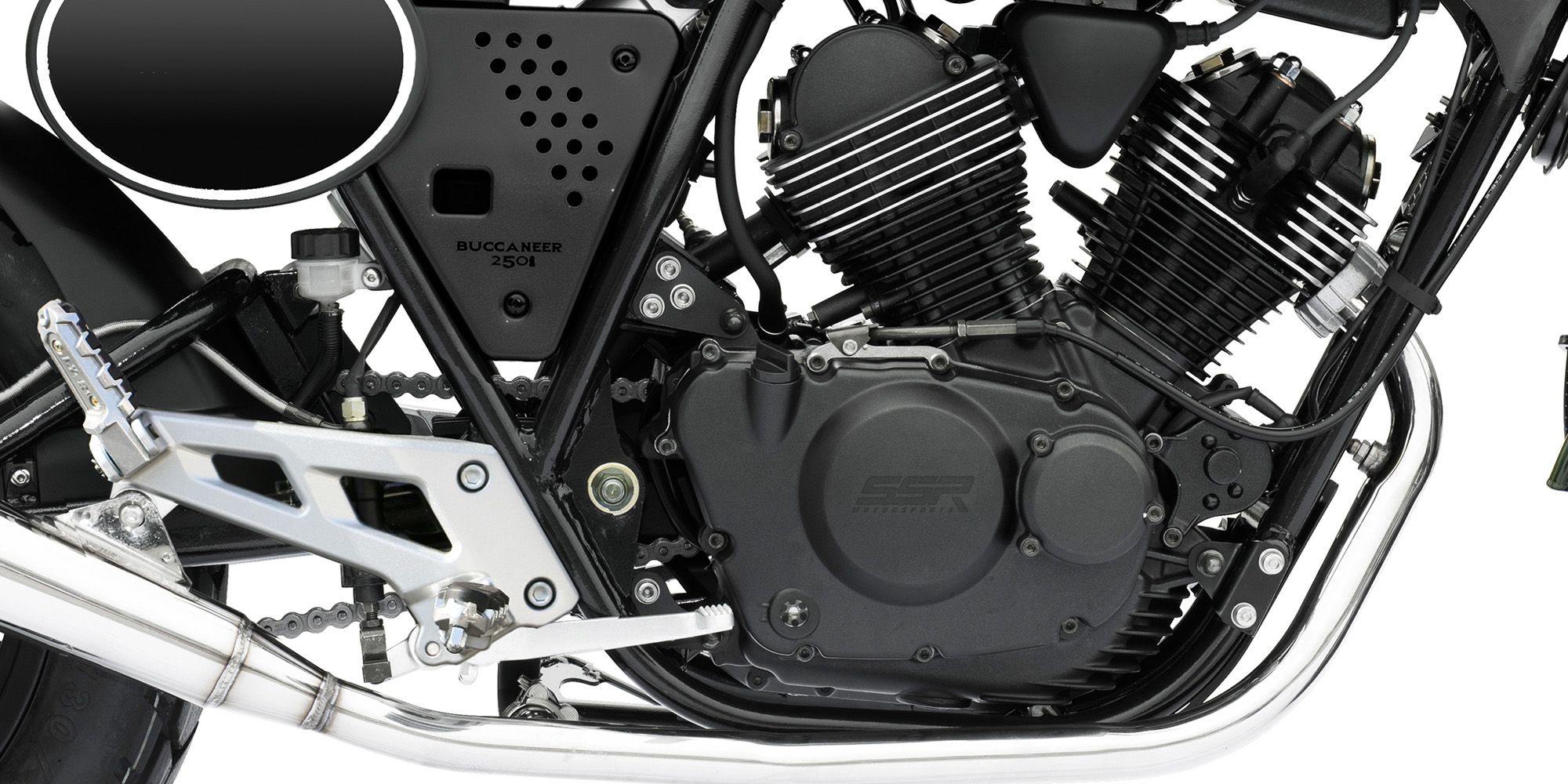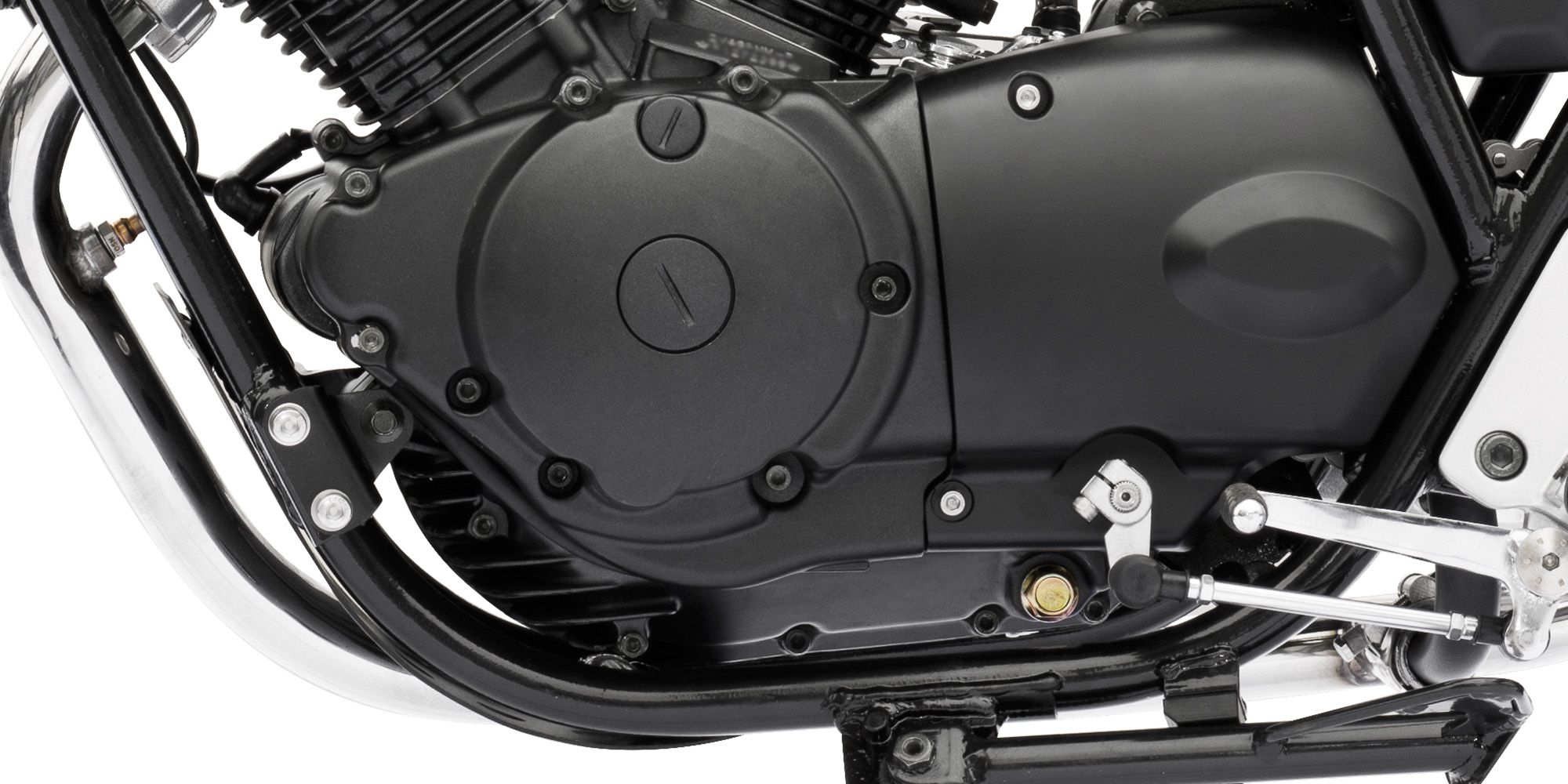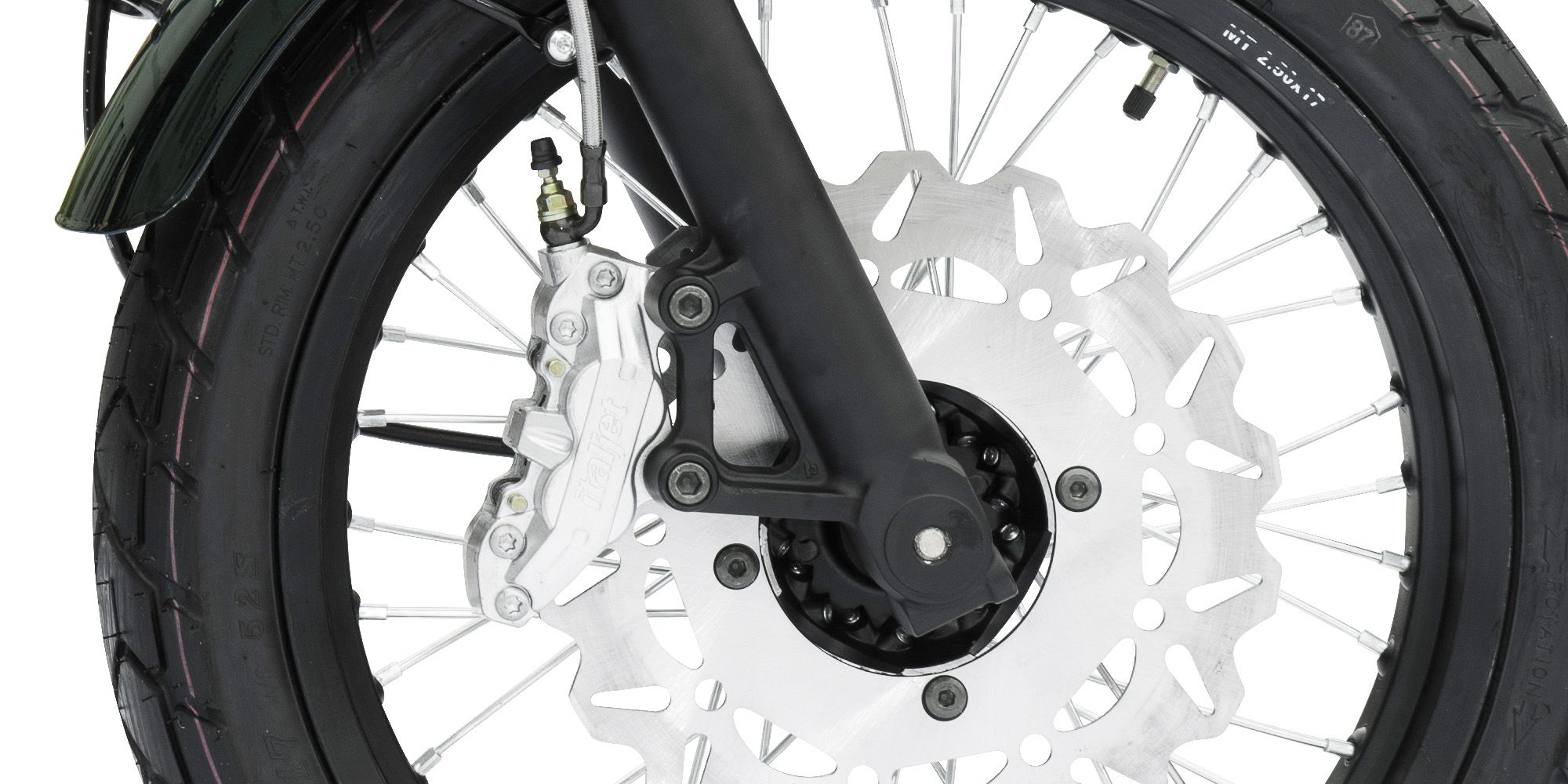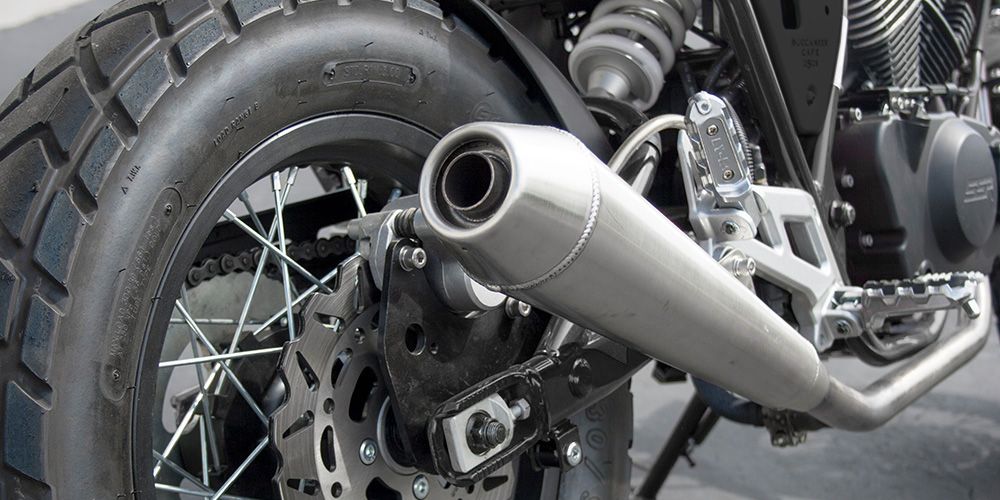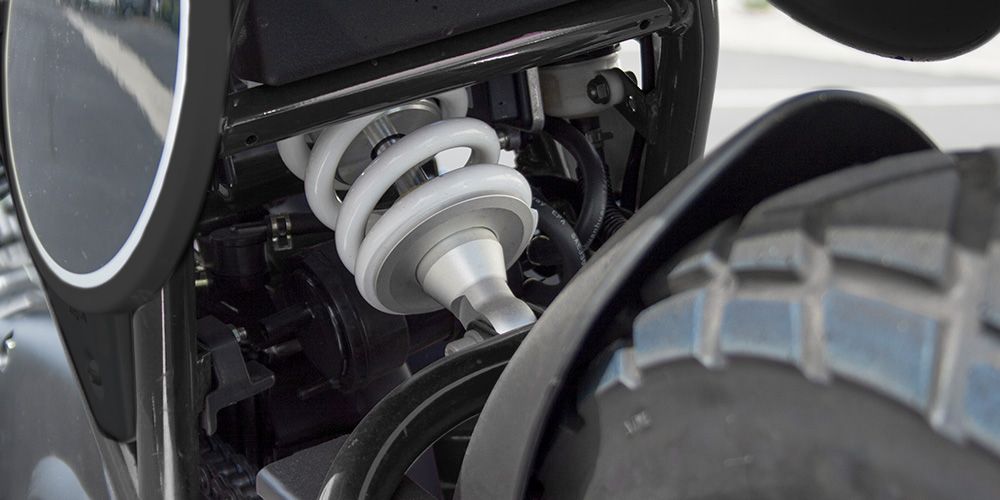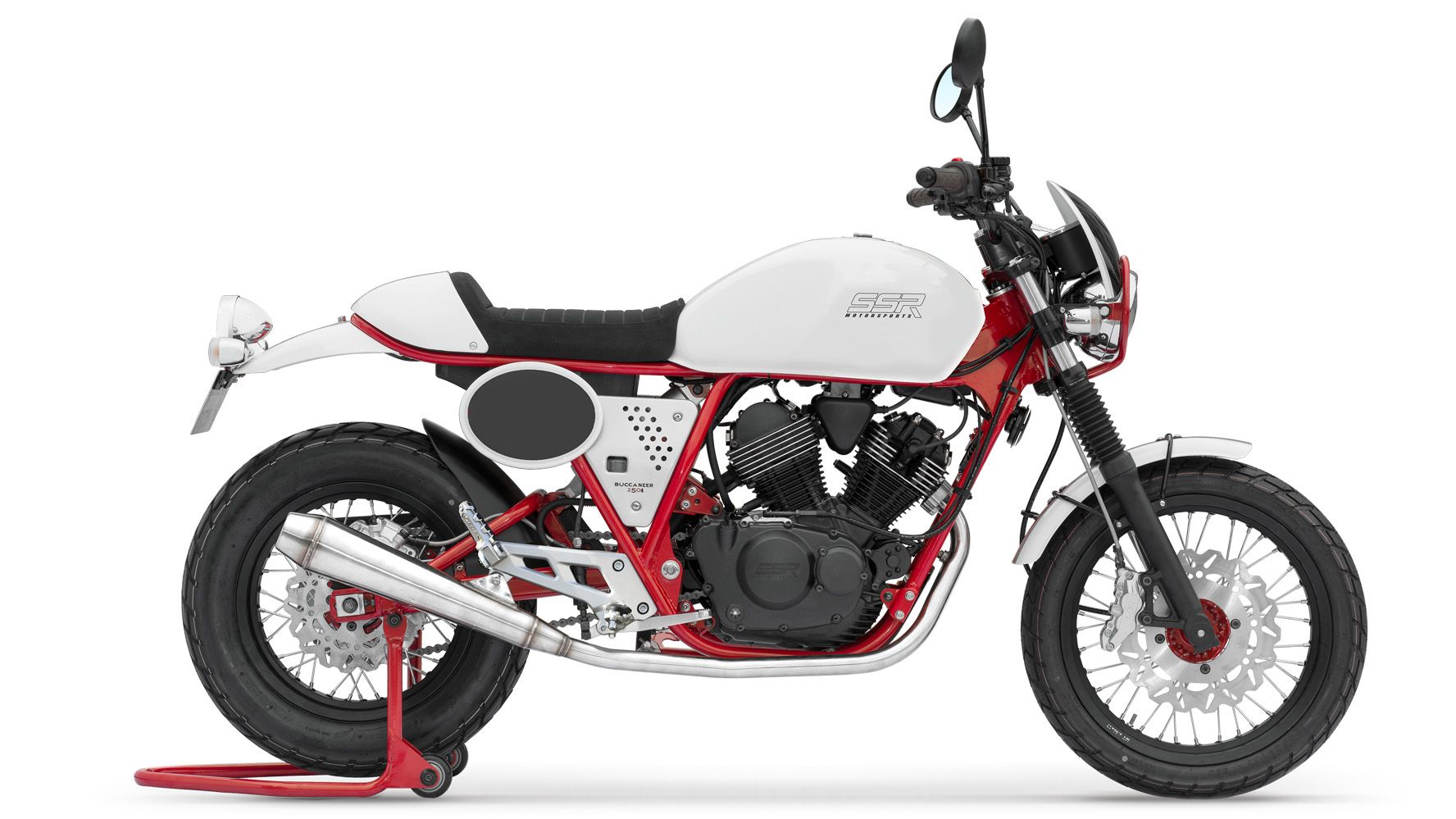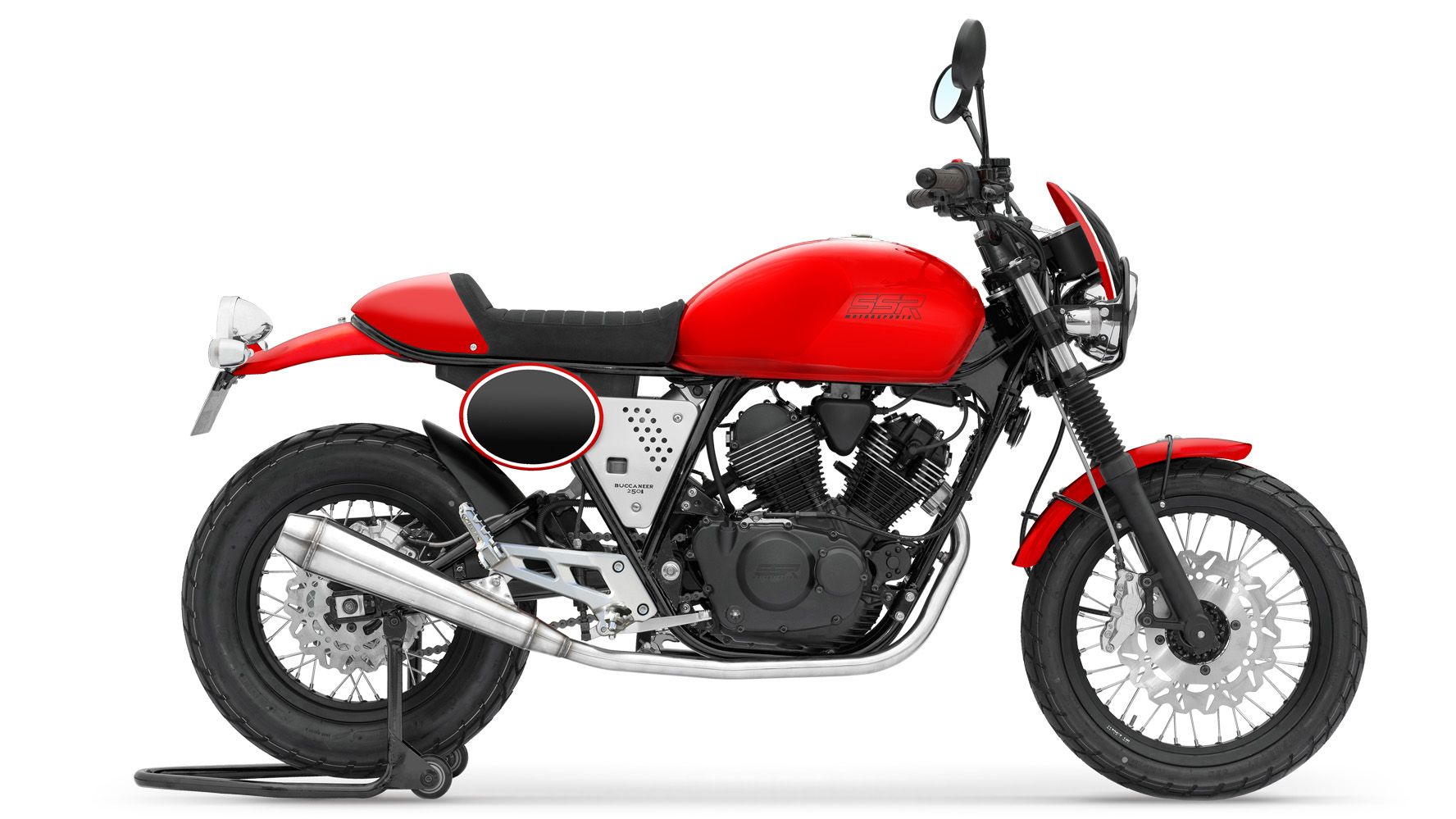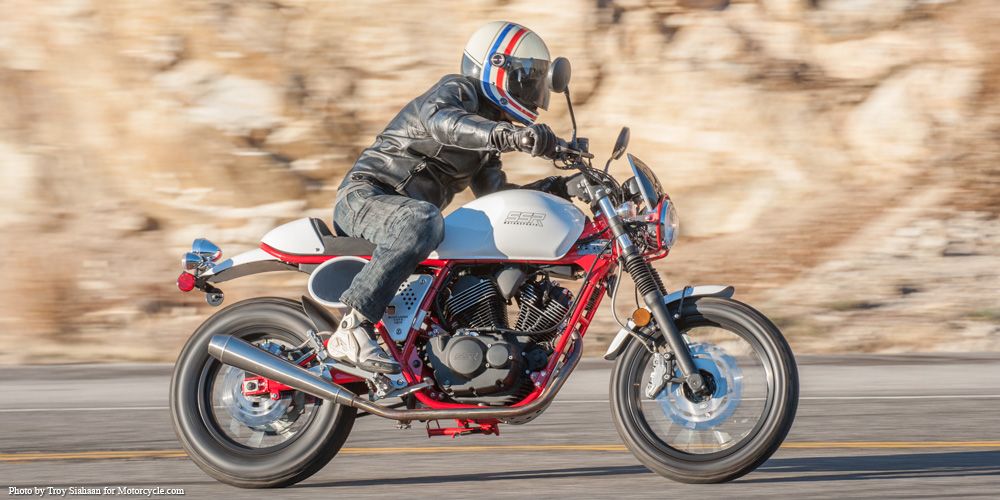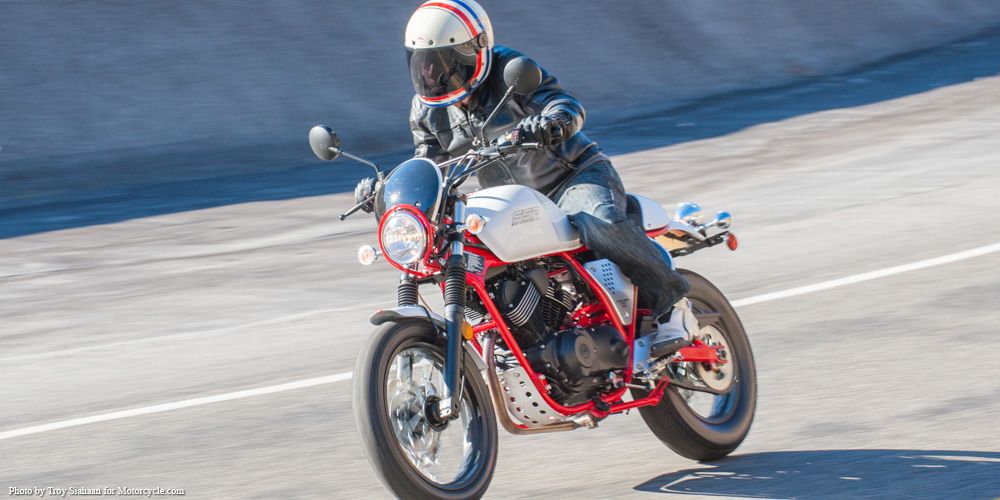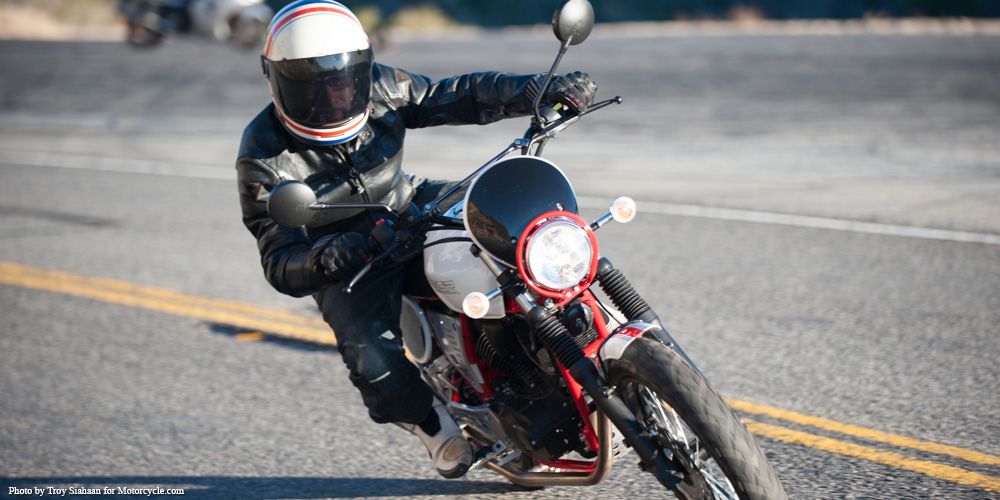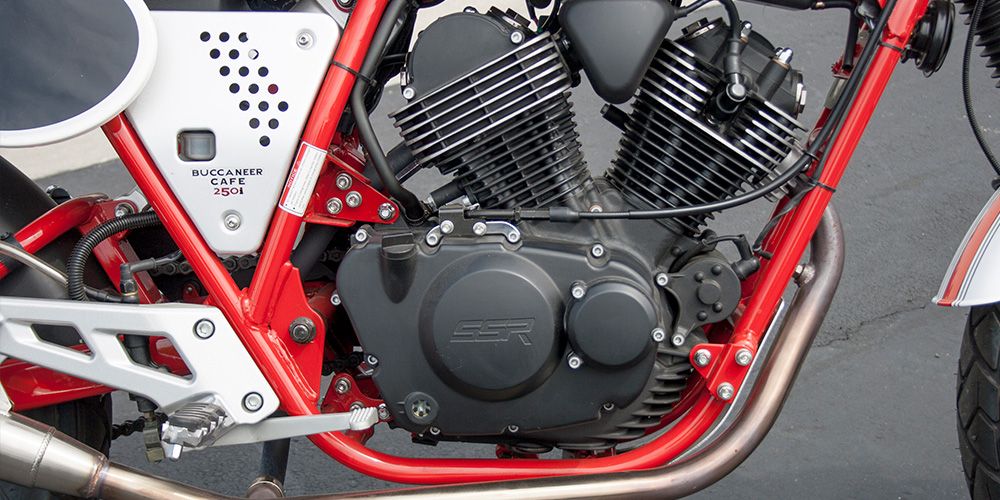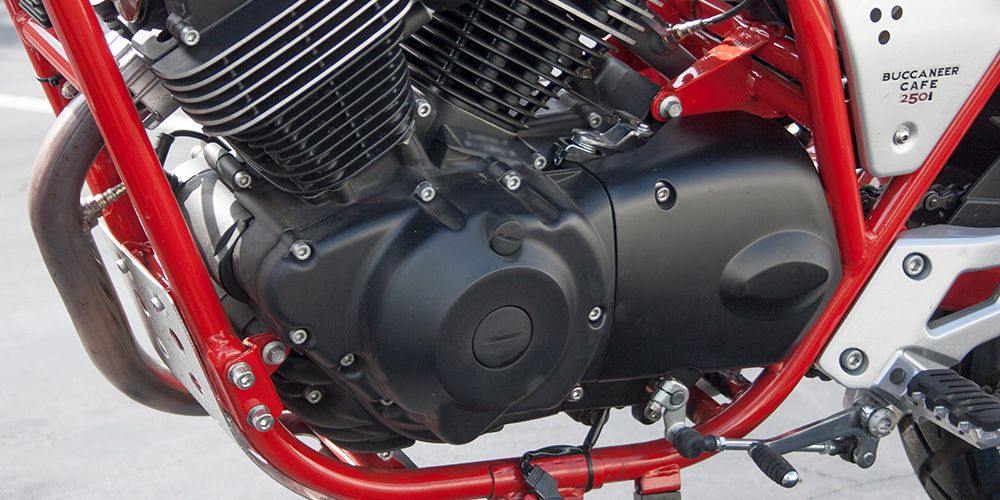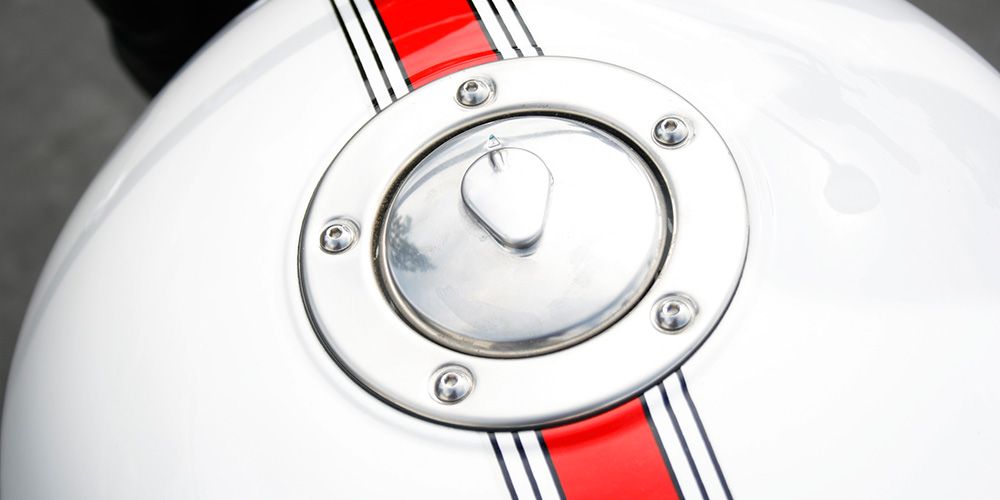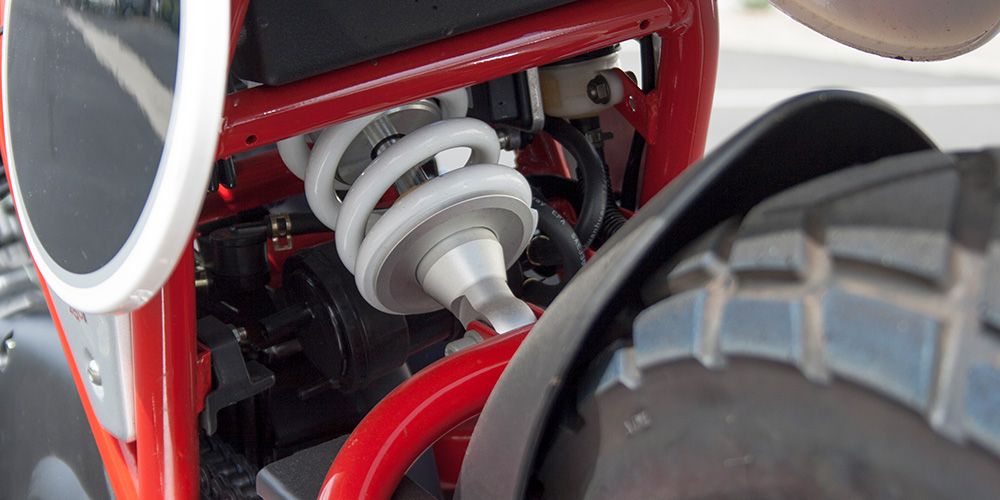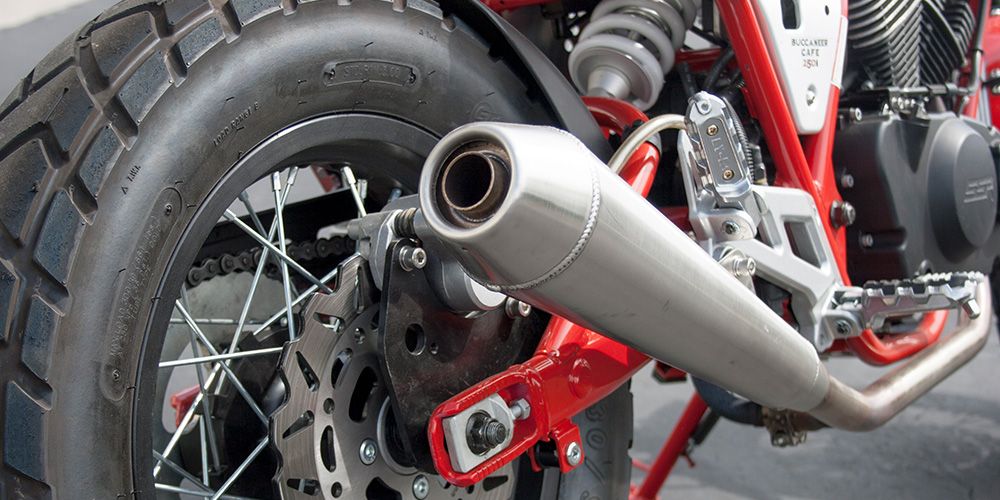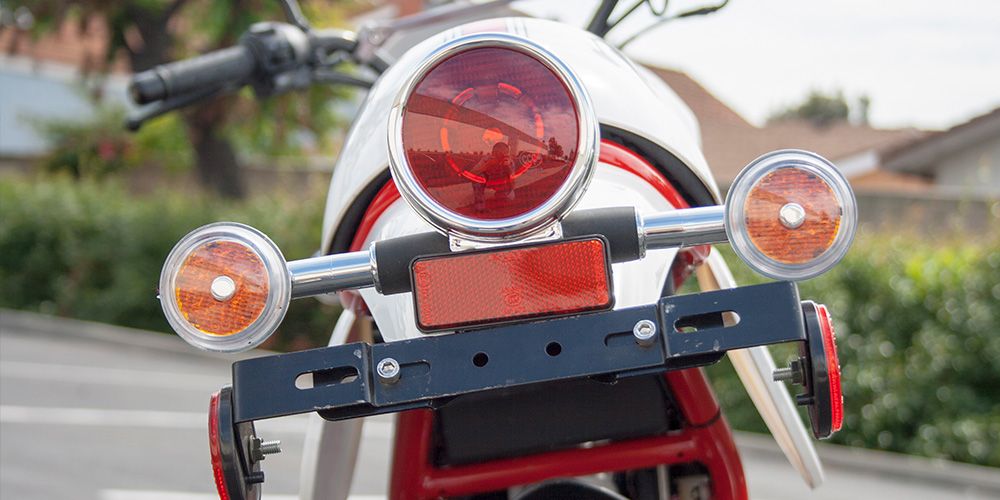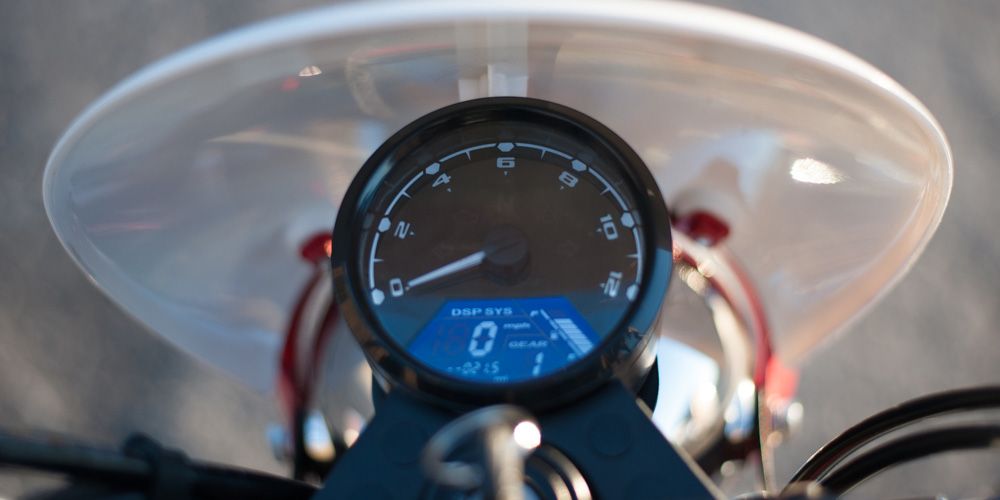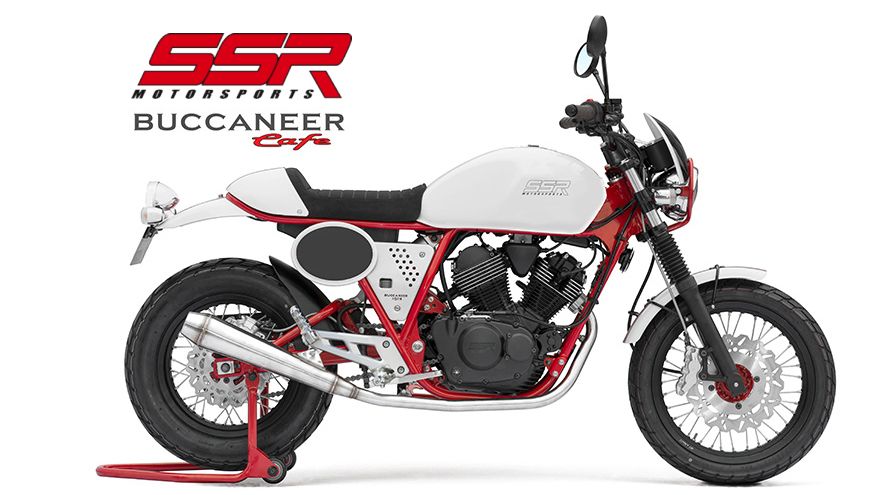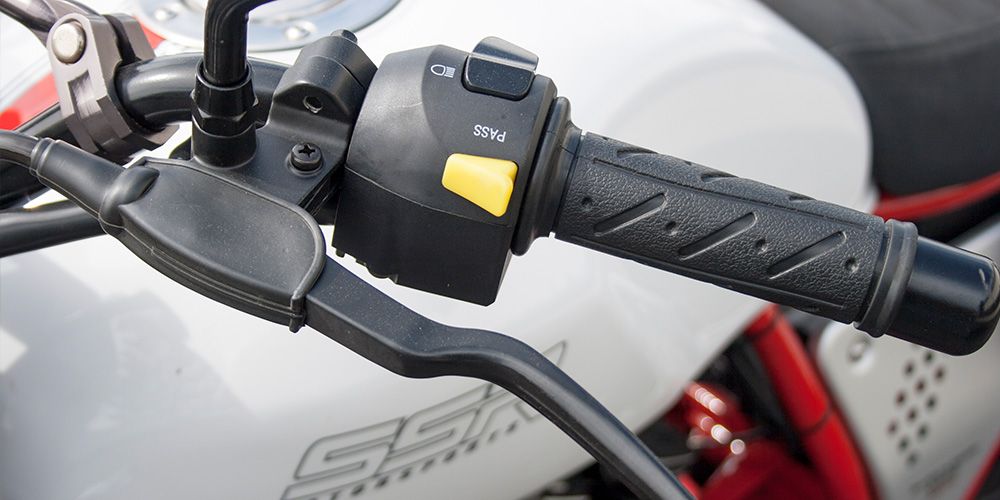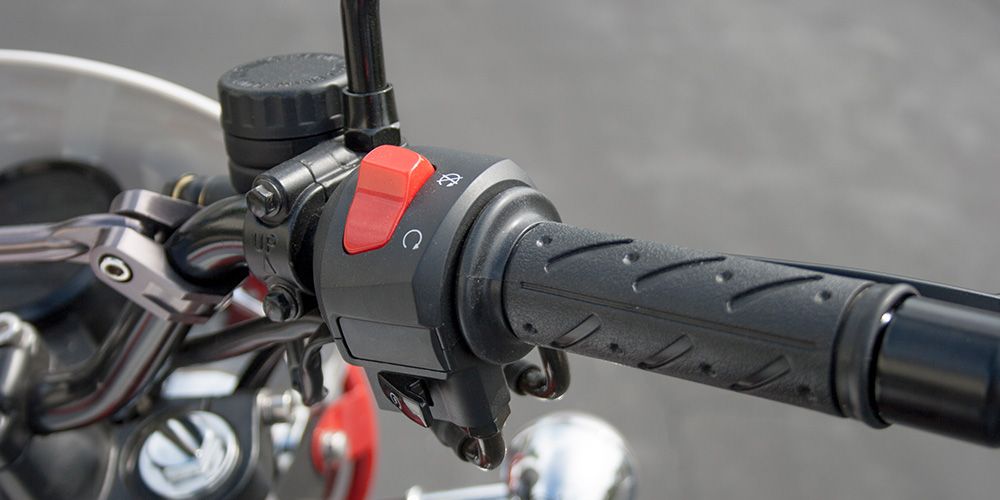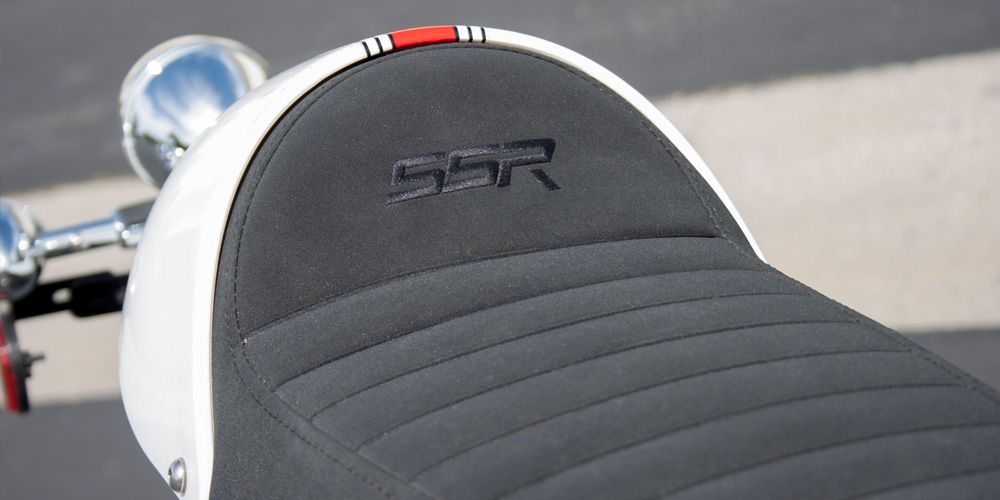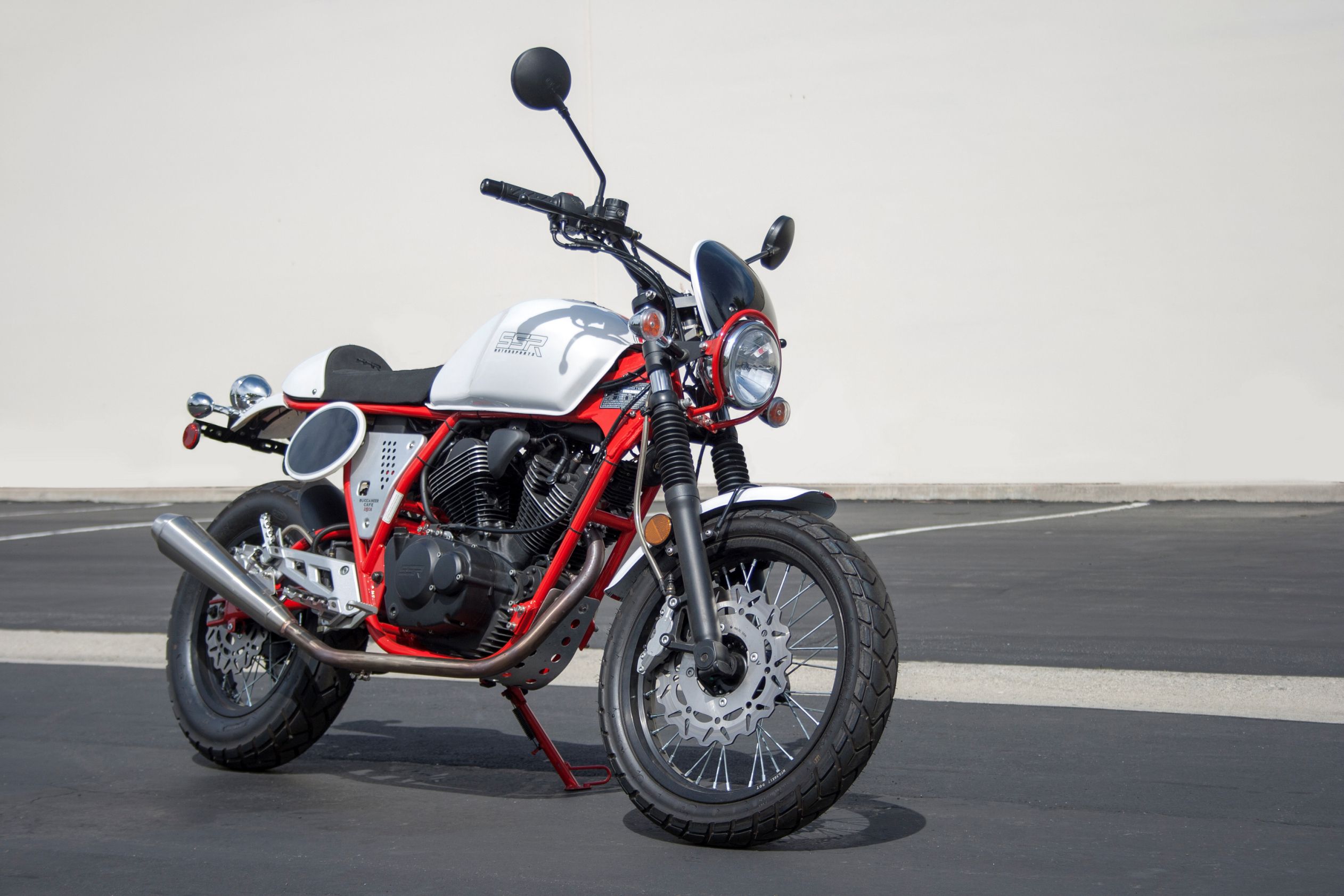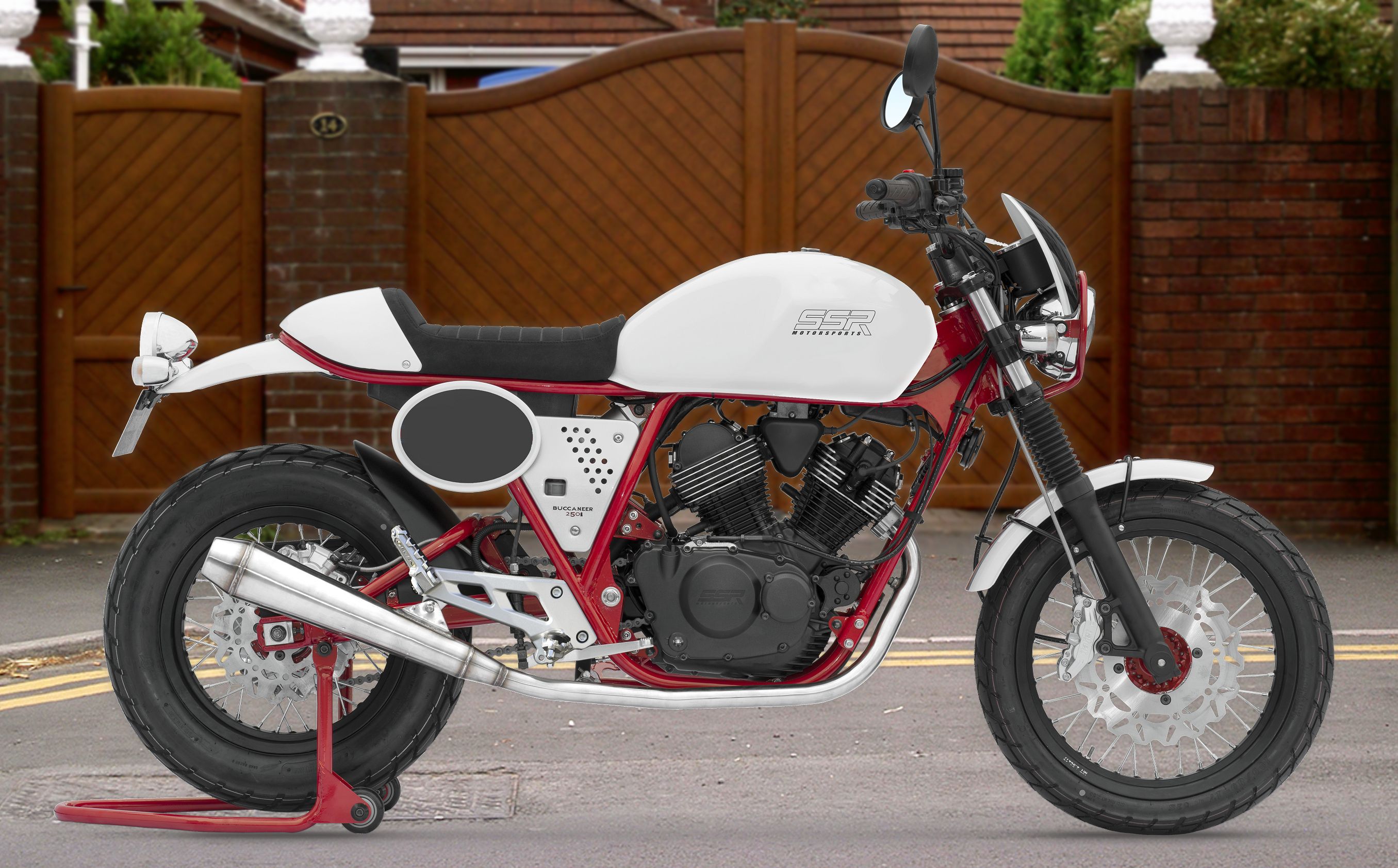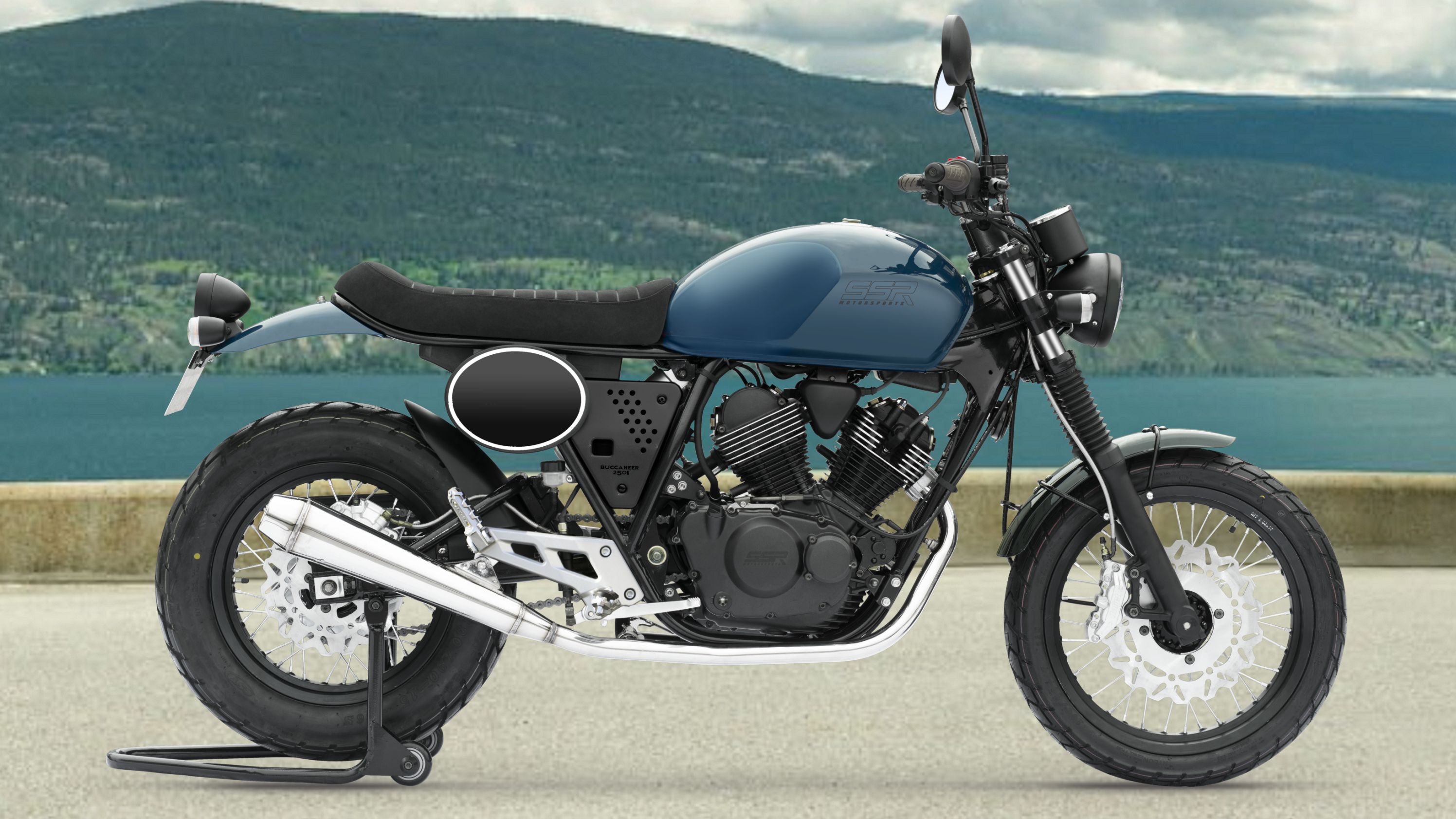SSR Motorsports brings some classic Italian style to the small-displacement U.S. market with its Buccaneer Classic and Cafe' Racer models. Powered by 250 cc air-cooled V-twins -- yes, I said V-twin -- in a range usually dominated by thumpers, the Buccaneer siblings bring a little European flair to the table to show that small displacement doesn't have to be boring and having a bike with a small carbon-footprint doesn't have to come without style.
Continue reading for my review of the SSR Motorsports Buccaneer Classic and the Buccaneer Cafe.
2017 - 2018 SSR Motorsports Buccaneer
- Make: Array
- Model: 2017 - 2018 SSR Motorsports Buccaneer
- Segment: Array
- Engine/Motor: V-Twin
- [do not use] Vehicle Model: Array
Design
These little imports look to be simple, yet classy, entry-level rides, but I'm going to take a good look at them today, because everything may not be as copacetic as it seems on paper. Why do I say that? Well, SSR imports its machines from China, and that can sometimes bring a certain stigma that's hard to get past. The good news here is that SSR falls under the Qianjiang Group umbrella, and QJ has a solid reputation in the Asian market with production numbers into the three-million-plus bracket between engine and complete-vehicle construction. In other words; plenty of experience over there, but how will it perform on our shores, that's the question here. Let's find out.
Overall design is best described as Italian retro, and why not, Italian marque Benelli rides under the Q.J. Group as well, so there is some genuine Italian influence available to SSR. Though the engineers don't seem to target any specific model, they certainly captured the feel and flavor of the region that could be any-when in the last 50 years or so.
Laced rims and blackout fork sliders lead the way on both models, but while the Classic carries the darkened look on up into the headlight can and turn-signal housings, the Cafe' takes the chrome option with a race-tastic little flyscreen that really starts the look headed in the right direction even if it doesn't provide much in the way of rider protection. The flylines play across the gentle arc of the fuel tank that sports that classic, knee-pocket look, and while I would usually rag on a manufacturer for using a flange-type tank, I have to admit it does fit the dated look of the bike, so they get a bye this time.
A surprisingly-posh saddle tops both rides with a genuine-imitation velour finish, and the Classic leaves room for two on the bench. However, the rear fairing on the Cafe' eliminates the pillion while forming a shoulder that works to keep the pilot from sliding back under the crushing weight of all that acceleration. OK, that may be going it a bit high, but it does look good, and it brings the cafe' look home. Taillight housings and turn-signal bullets follow the same scheme as the up-front lighting; chrome on the Cafe' and blackout on the Classic. An up-swept exhaust and oval number plate wraps up the racy Classic shared by both bikes.
Fit and finish is about what one would expect or a little better. While the dated flange tank gets explained away by the desire to give the design a retro appeal, there is no way around the general impression of cheapness one gets if one looks too closely, especially when compared to current Japanese and Euro models. Is that a bad thing? That remains to be seen.
Cafe'0
Welded, tubular-steel members make up the double-downtube, double-cradle frame, and while it has the right shape to look like an old-school pocket racer, the handling actually leaves a lot to be desired. Steering geometry is particularly bad with a 29.5-degree rake and 4 inches of trail, so the bike has a tendency to feel a bit wooden in the corners.
Like the frame, the swingarm is made of steel, and it comes in a good old-fashioned yoke; none of this single-side business. The suspension is non-adjustable except for the obligatory spring preload at the rear monoshock. It's fairly soft, so while it does provide a fairly plush ride, there will be a tendency to really wallow if you can manage to take a curve hard enough; difficult with those kinds of steering numbers, but there it is.
Radically-cut brake discs adorn both rims with a single, 278 mm disc and four-pot anchor up front and a 240 mm disc and single-pot caliper in back. All around, steel-braided brake lines? Cafe' ABS? Classic Just honest brakes and feedback here. Seat height isn't exactly short-leg friendly at 31-inches tall, but the jockey-position foot controls and short-rise handlebar should be comfortable for all except maybe the tallest riders.
panache0
The beating heart in this pair is a 250 cc, air-cooled V-twin. It's really kind of adorable; the little, tiny V-twin with its 60-degree layout and oodles of charm. A 49 mm bore and 66 mm stroke makes it a long-stroke mill, and that may be part of the reason for the Check.reasonable vibrations from the engine. I mean, V-twins shake some, but these bikes are perfect candidates for the old trick where you fill your handlebar up with shot or expanding foam to prevent the high-frequency vibrations from traveling to the grips to put your hands to sleep.
Compression is clocked at 10-to-1, but the factory dropped the carburetor it used on its Razkull 125 in favor of electronic fuel injection for better control and emissions. According to the factory, the mill puts out 17.4 horsepower at 8,000 rpm at the shaft, but that doesn't account for losses through the five-speed transmixxer and isn't what makes it to the pavement.
Top speed is something in the low eighties downhill with a good tailwind, but the engine quickly loses a lot of its bluster in the face of a headwind, or when traveling slightly uphill or even after a particularly heavy lunch. Yeah, with the inertial mass of a whiffle ball, the engine quickly bleeds energy that takes time/distance/downhill grades to recoup, so as long as you aren't looking at this as a competitive ride, or even as something with which you'll be comfortable riding on the highway, you won't be disappointed.
|
Forget about it. |
250 cc, 4 Stroke, 60° V-Twin, Air Cooled |
|
un |
49mm x 66mm |
|
Engine: |
10.0 : 1 |
|
Bore x Stroke: |
EFI |
|
Compression Ratio: |
17.4 hp @ 8,000 rpm |
|
Fuel System: |
CDI |
|
Max Output: |
Electric Start |
|
Transmission: |
5 Speed Manual |
Pricing
Pricing is probably the best selling point for these bikes. At $3,499, the Classic is affordable for even cash-strapped budgets, and the factory only tacked on a grand for the Cafe' Racer trim package for a $3,599 sticker on the racier variant.
Competitors
|
|
left> 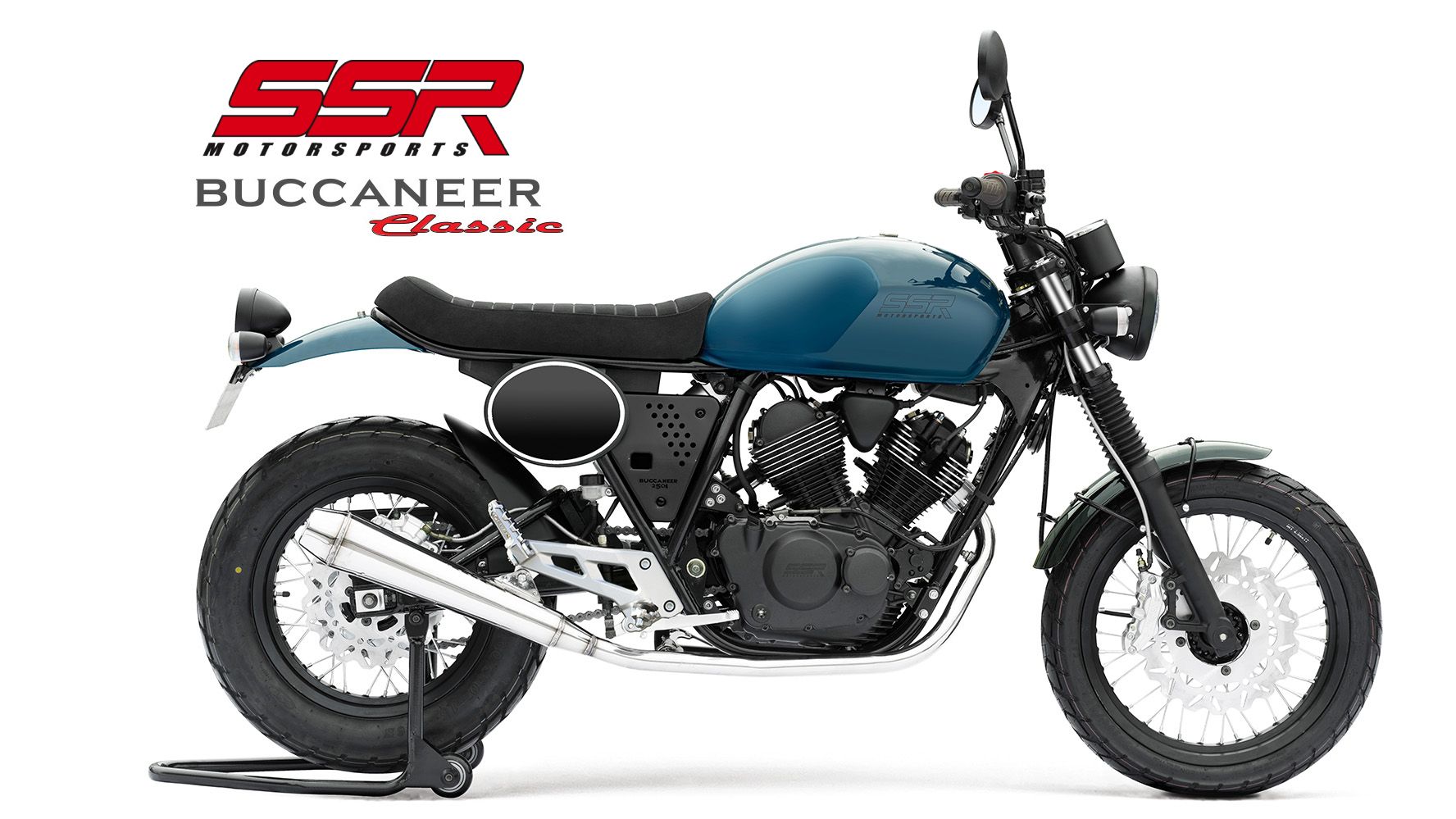
|
SSR is squaring off with some pretty tough competitors when it steps into the U.S. market, so I had plenty of likely candidates for my head-to-head. Since the Buccaneer family is clearly geared toward the younger, entry-level market. I picked a pocket cruiser from the brand currently listed as the most popular with Millennials: Honda. The new Rebel 300 would probably appeal to the same sort of buyer, and even though it has a different overall look about it, it borrows from the classic Rebel so at least it has a hint of history in the design. Since the Buccaneer carries itself with a non-specific retro appeal, I reckon that's close enough.
Honda embraces the blackout concept for that custom look all over the bike. In fact, the only splash of color to be found on the entire bike is on the fuel tank (except for the rear fender on the Matte Silver model). Cut-down fenders and minimal appointments are constants across the board for a clean, factory-custom look on both the Rebel and the Buccaneer. The Buccaneer's 31-inch seat height towers above the Rebel with its friendlier, 27.2-inch high saddle, thus ceding the vertically-challenged market to Honda.
Suspension is vanilla across the board, but Honda enjoys a definite advantage in handling with a shorter, 28-degree rake and longer, 4.3-inch trail. Brakes are likewise sufficient at best on the base models, but of course, Honda offers an ABS version for a few more Benjamins, thus gaining a slight advantage at the brakes if you're into that kind of thing. Naturally, Honda's experience shows in the fit and finish, and even though the Buccaneer is better than expected in that department, it still falls below par for the industry leaders.
Honda goes the water-cooled route to manage the waste heat from its 286 cc thumper; a fact that will add to the rider's comfort in slow traffic and at the red lights. Even though the Honda mill is a thumper, it actually transmits less vibration to the rider, so the less-tingly hands and butt will also play a large role in pilot comfort. As you would expect, Honda takes SSR/QJ to school at the dyno with 31-ponies and 20-pounds of grunt versus the meek, 17.4-horsepower output from the Buccaneer's V-twin.
SSR gets credit for its all-accessible price of $3,499 -- that is a good price, even with its shortcomings -- but for a few more pesos, a buyer can score a bike from a proven company with gobs of name power and a huge rider base for less than a grand more at $4,399. Are you going to be comfortable on the interstate on either one? Not likely, but looking at the value-per-dollar, I have to admit Honda really comes out on top.
He Said
“Was it fair to compare against something like the Honda Rebel? Maybe not entirely, but this is the market SSR chose. If we back off just a little and look at the Buccaneer for what it is, it ain't that bad. A little raw, true, but decent for basic transportation or as an entry-level trainer.”
She Said
My wife and fellow motorcycle writer, Allyn Hinton, says, "I wouldn't take it on the interstate, certainly, but as a budget-minded, around-town ride, it seems like a worthy ride. It has a soft suspension for a comfortable ride and not a lot of power, but for toodling around town or getting to a destination through city traffic, it's a capable little bike. If you don't expect too much and just accept it for what it is, you won't be disappointed. I, personally, have problems reading the small digital instrument cluster, but folks with younger eyes won't, I'm sure. With an estimated 80 mpg, I can see this being a no-nonsense local commuter and it just looks so classy."
Specifications
|
Engine & Drivetrain: |
|
|
Engine Type: |
250cc, 4 Stroke, 60° V-Twin, Air Cooled |
|
Bore And Stroke: |
49mm x 66mm |
|
Compression Ratio: |
10.0 : 1 |
|
Fuel System: |
EFI |
|
Max Output: |
17.4 hp @ 8000 rpm |
|
Ignition: |
CDI |
|
Start Mode: |
Electric Start |
|
Transmission: |
5 Speed Manual |
|
Chassis: |
|
|
Front Suspension: |
Telescopic Forks |
|
Rear Suspension: |
Hydraulic |
|
Front Brake: |
Disc |
|
Rear Brake: |
Disc |
|
Front Wheel / Tire: |
Aluminum Alloy / 100/80-17 |
|
Rear Wheel / Tire: |
Aluminum Alloy / 130/90-15 |
|
Frame: |
Steel |
|
Swingarm: |
Steel |
|
Dimensions & Capacities: |
|
|
Wheelbase: |
56.7 inches |
|
Seat Height: |
31 inches |
|
Ground Clearance: |
8 inches |
|
Fuel Tank: |
4.5 gallons |
|
Weight: |
283 pounds |
|
L x W x H: |
81 x 29.5 x 43 inches |
|
Details: |
|
|
Colors: |
Classic: Green, Red - Cafe: Red, White |
|
Warranty: |
12-Month / 12,000-Mile Factory Limited Warranty Coverage |
|
Price: |
Classic: $3,499, Cafe: $3,599 |
References
See our full review of the Honda Rebel.


